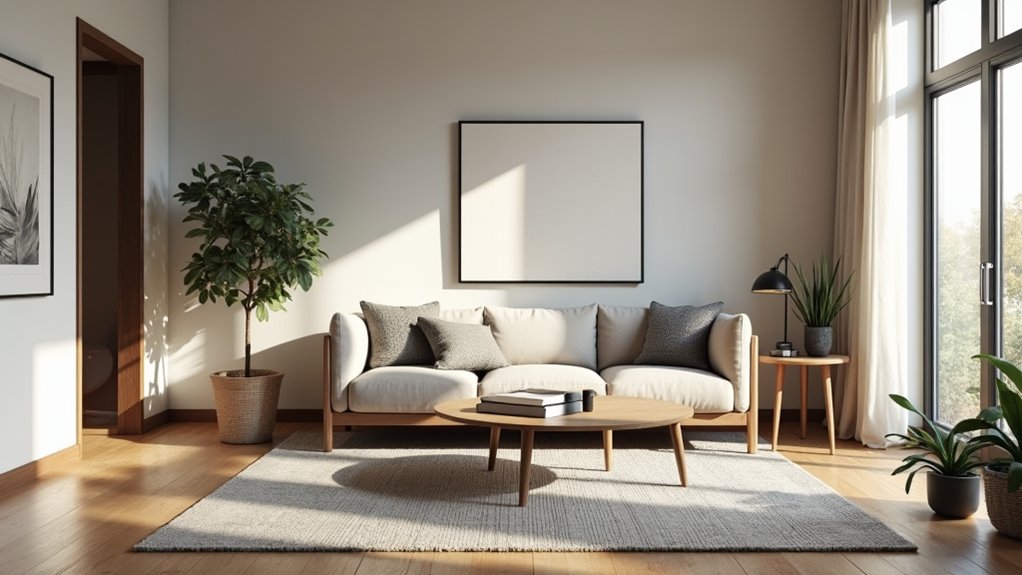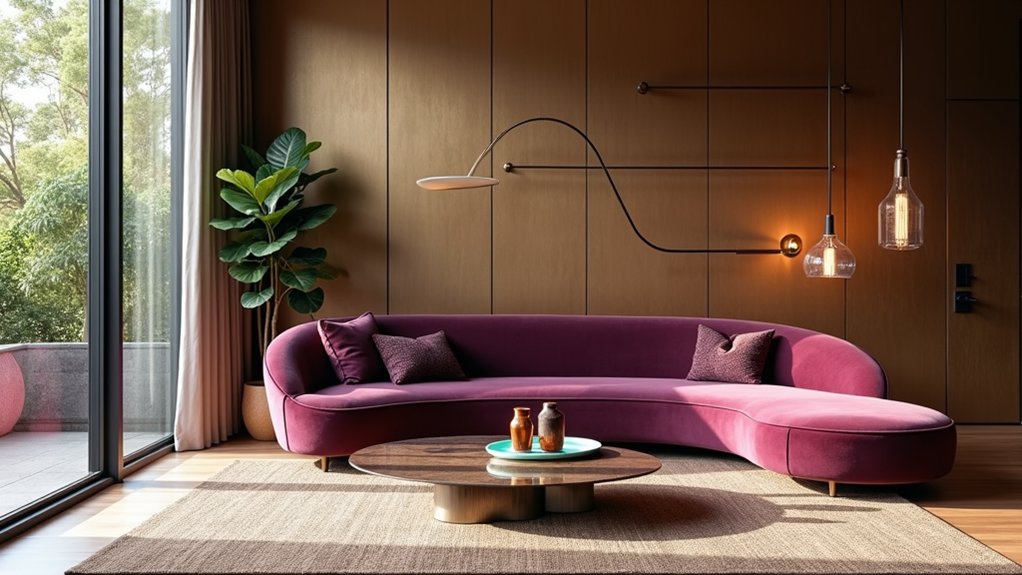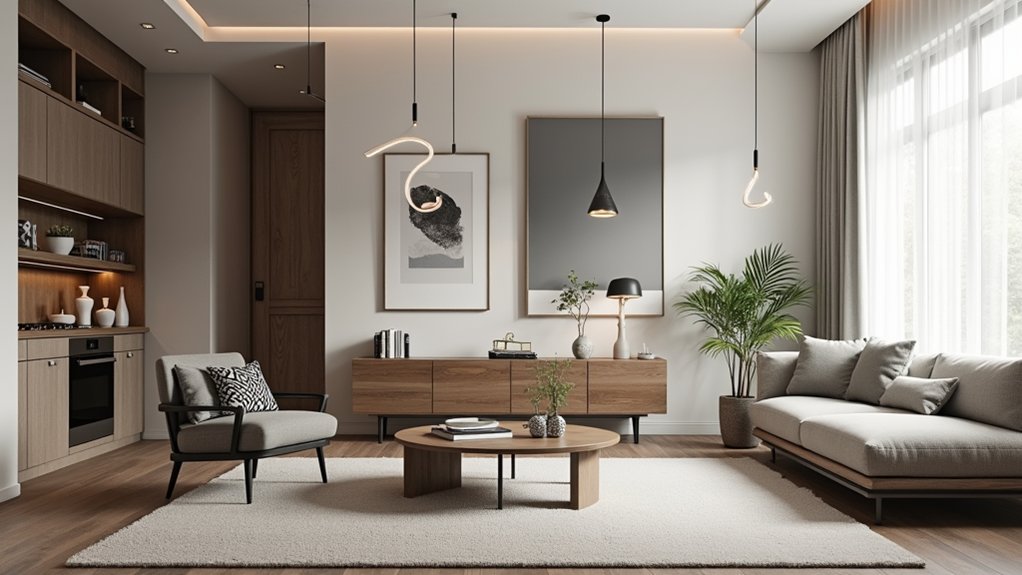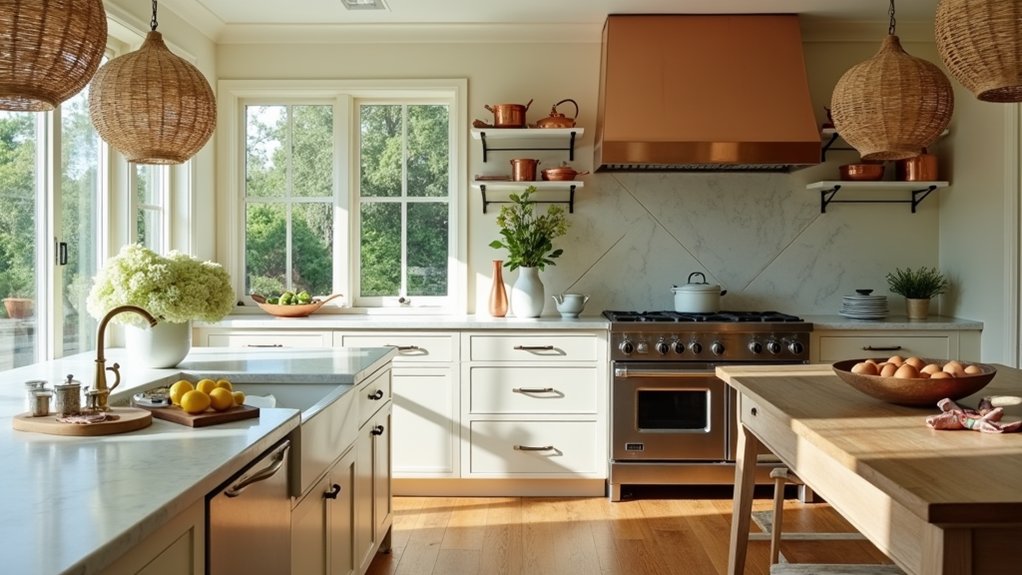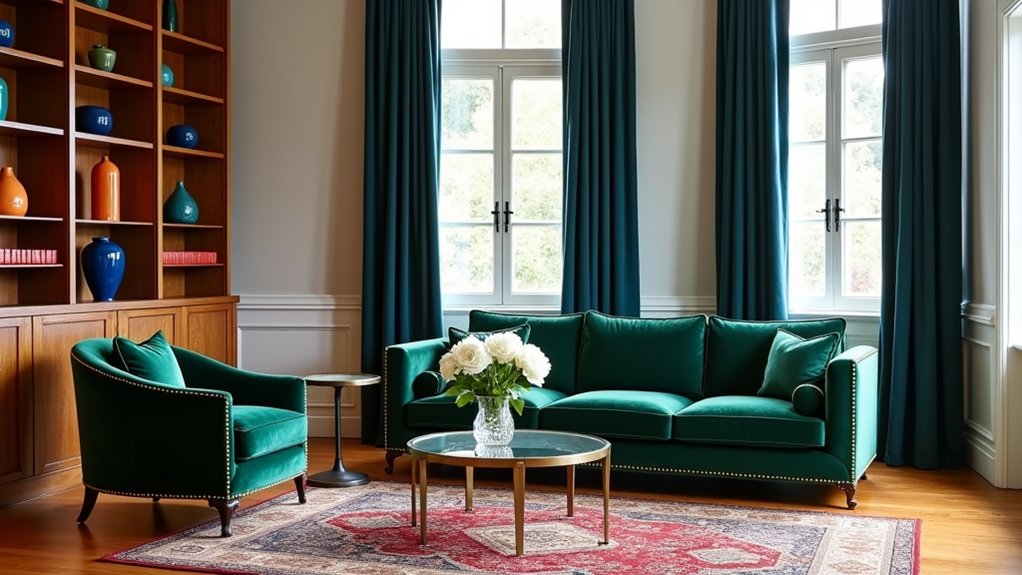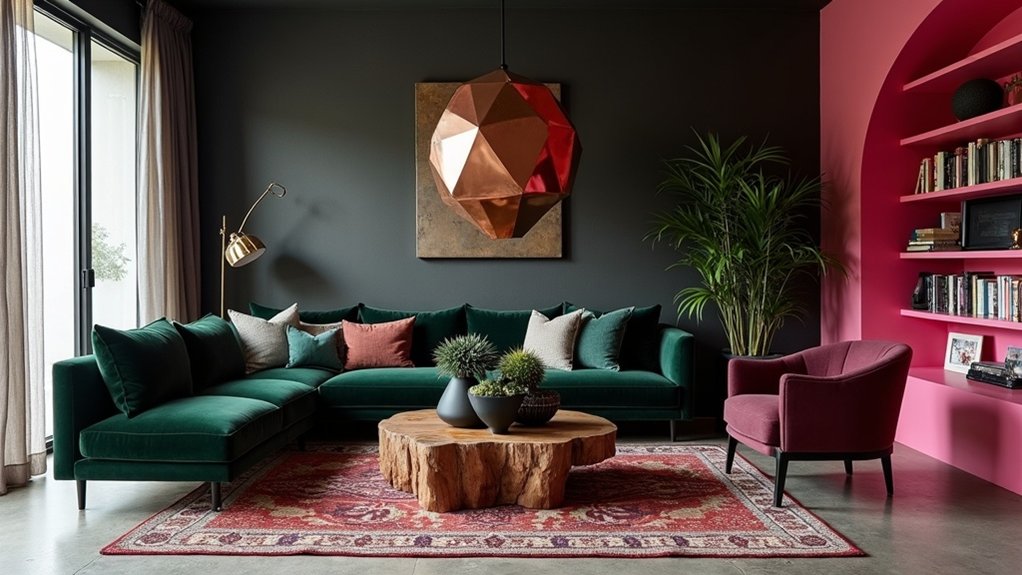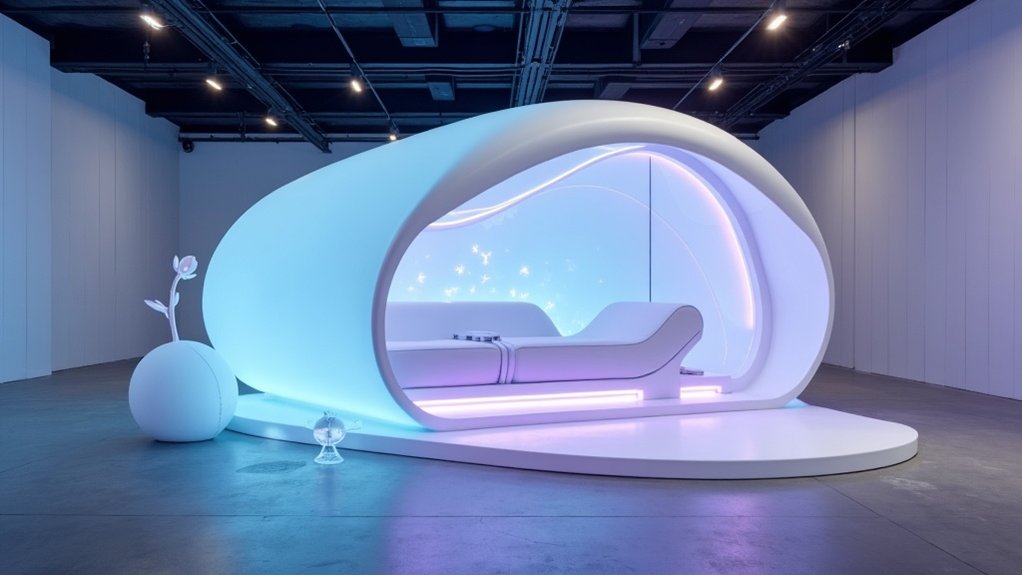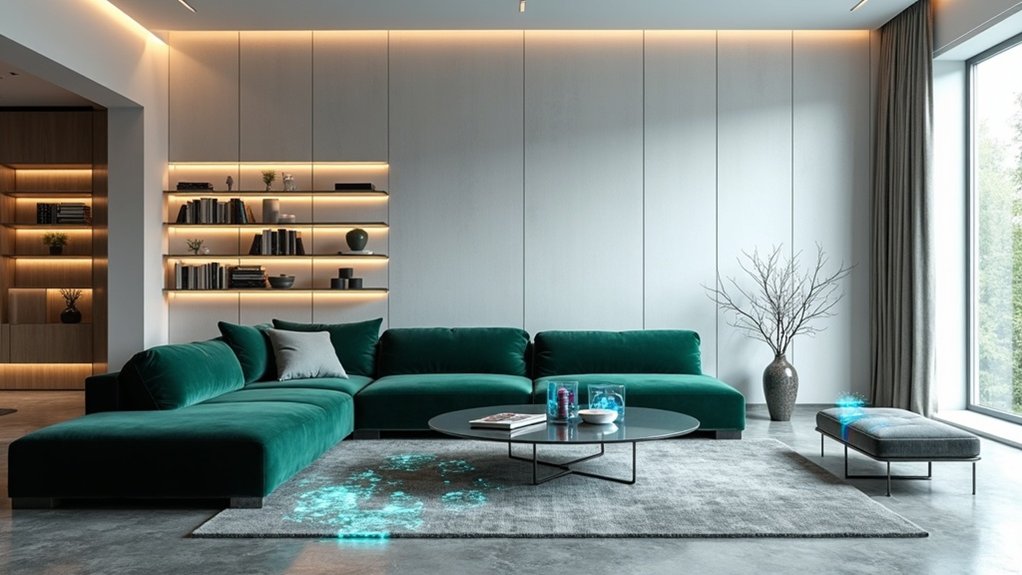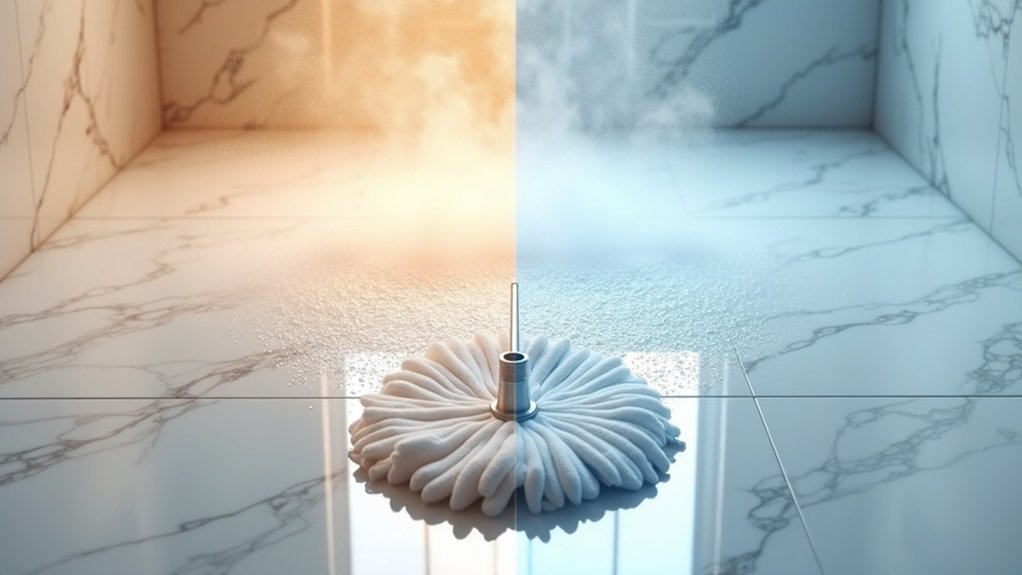Elegance transcends time, and nowhere is this more evident than in timeless interior design. Interior design experts consistently emphasize that creating enduring spaces requires a delicate balance of seven fundamental principles: balance, harmony, rhythm, proportion and scale, emphasis, contrast, and detail. When these elements work in concert, they produce environments that remain relevant and appealing across generations.
“Quality over quantity stands as the cornerstone of timeless design,” notes renowned designer Sarah Mitchell. “Well-crafted furniture and natural materials like wood and stone develop character over time, telling stories that trendy pieces simply cannot match.” This philosophy extends beyond mere aesthetics, incorporating functionality that adapts to changing needs while maintaining visual coherence. The thoughtful selection of functional furnishings ensures that every piece serves both practical needs and aesthetic purposes. The inclusion of classic silhouettes in furniture choices creates an enduring foundation for any space. Additionally, the use of natural materials enhances the tactile experience and reinforces a connection to the environment.
The foundation of timeless design begins with a neutral palette that provides flexibility and longevity. These spaces seamlessly integrate natural elements, from abundant daylight to carefully chosen indoor plants, creating an organic connection that never falls out of fashion. Designer James Cooper explains, “The most successful timeless interiors feel as though they’ve evolved naturally, rather than being constructed according to a specific trend or period.”
Personal expression plays a significant role in achieving timeless appeal. Rather than adhering strictly to any single style, successful designs incorporate meaningful objects and artwork that reflect the inhabitants’ personalities while maintaining core design principles. This approach allows spaces to evolve organically while retaining their fundamental elegance and sophistication.
The debate over whether truly timeless design exists continues among professionals, but evidence suggests that certain principles consistently produce lasting appeal. Thoughtful layouts, quality materials, and attention to proportion create spaces that remain relevant in spite of changing trends.
As interior architect Lisa Wong observes, “When design prioritizes both emotional resonance and practical functionality, it transcends the temporal nature of trends to achieve genuine timelessness.” This balance of form and function, coupled with careful attention to natural elements and personal meaning, creates environments that continue to inspire and welcome inhabitants across decades.
